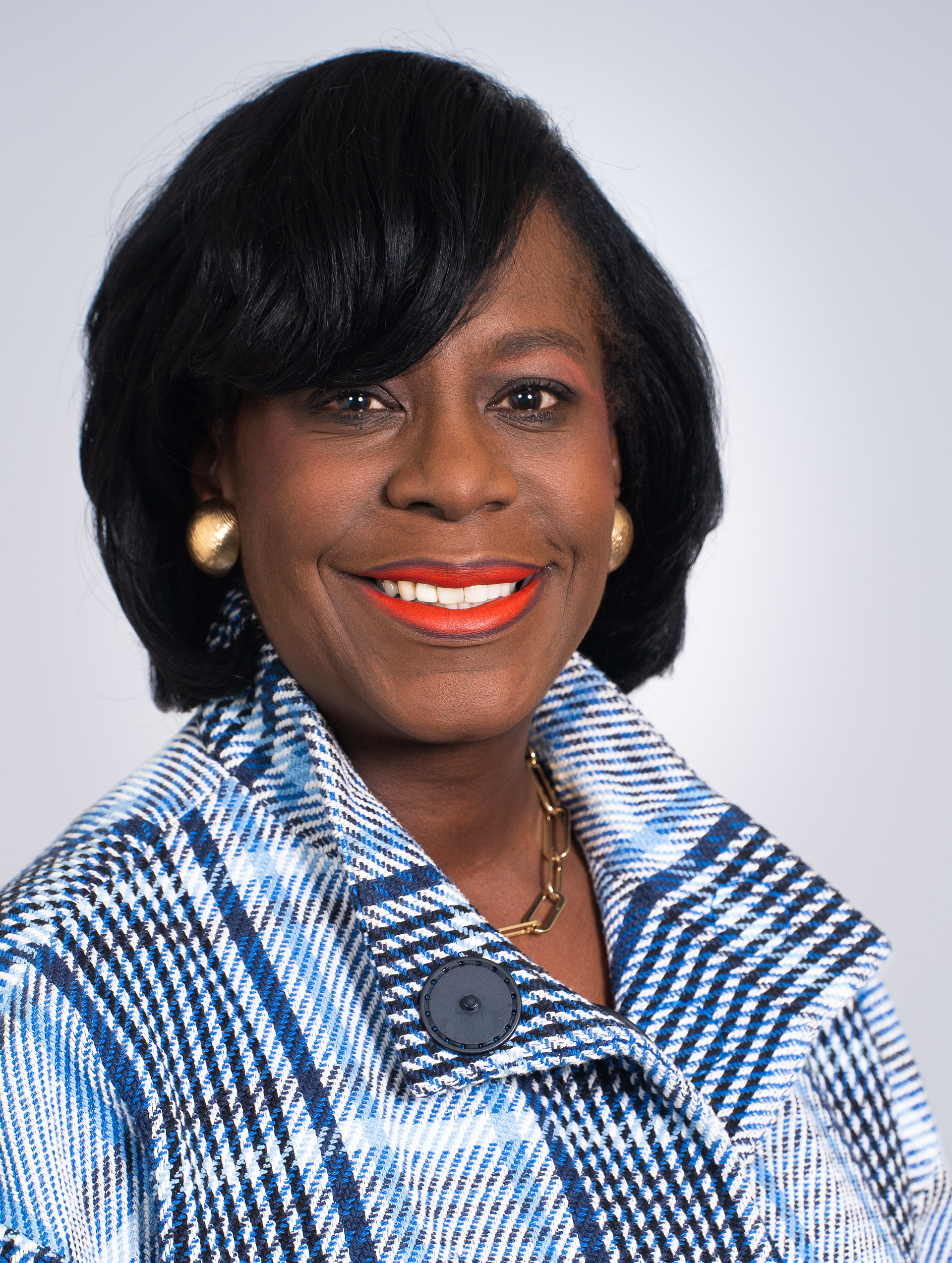Cherelle Parker served as the 9th district City Councilmember from 2016 until 2022, when she resigned to run for mayor. For 10 years before her term in City Council she served as a state representative.
On Parks Funding
My campaign has been focused on a vision for making Philadelphia the safest, cleanest, and greenest big city in the country. Throughout my career as a member of the Pennsylvania House of Representatives and on Philadelphia’s City Council, I have fought to deliver increased resources to support and improve our parks and recreation spaces to ensure every resident has access to safe, green spaces. Our next Mayor will have a plethora of obstacles to overcome in the next four years — with the challenges of Parks and Rec being one — but the first step in addressing these issues is to fill the staffing in departments across the board. That is why I will be committed to being Philadelphia’s cheerleader and executive to ensure all of our departments are fully staffed by people who want to work for the City. If we can fill the ranks at Parks and Rec, then I know we can make immediate inroads in ensuring our parks and recreation facilities are maintained and open for the public.
On Trees
On the campaign trail, I often spoke about the heat island effect and what it meant for so many Philadelphians, especially low to moderate income Philadelphians. I have long been an unapologetic lover of trees for the environmental and aesthetic impact they have on communities across the city. That is why I was proud to support Councilmember Gilmore-Richardson’s legislation last year to close many existing loopholes to protect our tree canopy. However, we need to do more to increase the tree canopy across traditionally underserved neighborhoods. This is something that a Mayor needs to do hand-in-glove with each of the District Councilmembers to ensure we are advancing both priorities in regards to development and expanding our tree canopy. As a former District Councilmember myself, I have a personal appreciation for how to strike this balance, which is the approach I would take as Mayor to achieve both goals.
On Diesel Emissions
To piggyback off of the last question, we can help reduce asthma rates by increasing the tree canopies around the city. In regards to the emissions being created by warehouses and diesel trucks, it begins with enforcing the anti-idling legislation that is already on the books. Additionally, I plan on having my administration work with warehouse operators to devise truck routes that have the most minimal impact on the lives of residents — to look at traffic patterns to minimize the impact of diesel trucks on smog and traffic in residential neighborhoods.
On Building in Flood Zones
To protect our neighborhoods from future flooding, I would work closely with individual district Councilmembers, who understand their communities the best. As Mayor, I would consider it my obligation to use my extensive intergovernmental experience to connect the community with the experts who can advise on how we can fortify our communities while also protecting our most vulnerable residents from displacement.
On Dumping
During my time on Council, I authored and championed legislation that improved enforcement and increased fines for illegal dumping and established Philadelphia Taking Care of Business (PHL-TCB), to clean commercial corridors in the neighborhoods. As Mayor, I will put that program on steroids, which would make an immediate difference in the levels of waste littered across Philadelphia.
On PGW’s Future
As someone who championed the initiative long before it got the national attention it has recently gotten, I am encouraged by PGW’s role in making Philadelphia a Hydrogen Hub and being a part of the clean energy transformation. As the nation’s largest public utility, I am proud of the innovative and community-centric approach to providing energy to Philadelphians. I will remain an outspoken advocate for PGW and will work closely with the Gas Commission to ensure we continue on a trend towards carbon neutrality, at the latest, by 2050, while also keeping prices affordable for our most vulnerable communities.

You can view David Oh’s answers to the same questions here or return the questions here.








